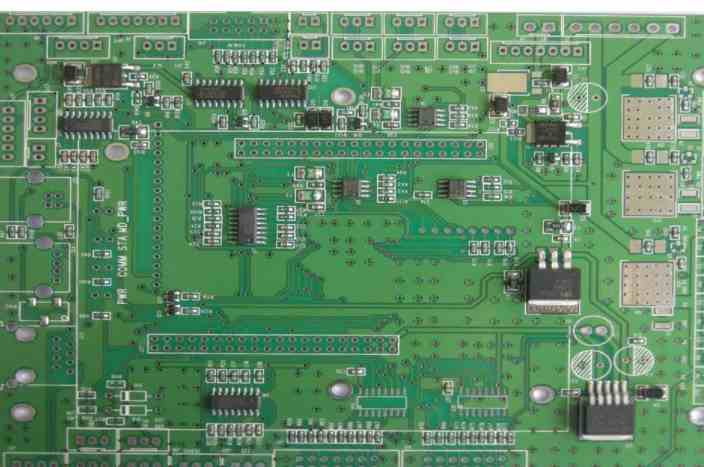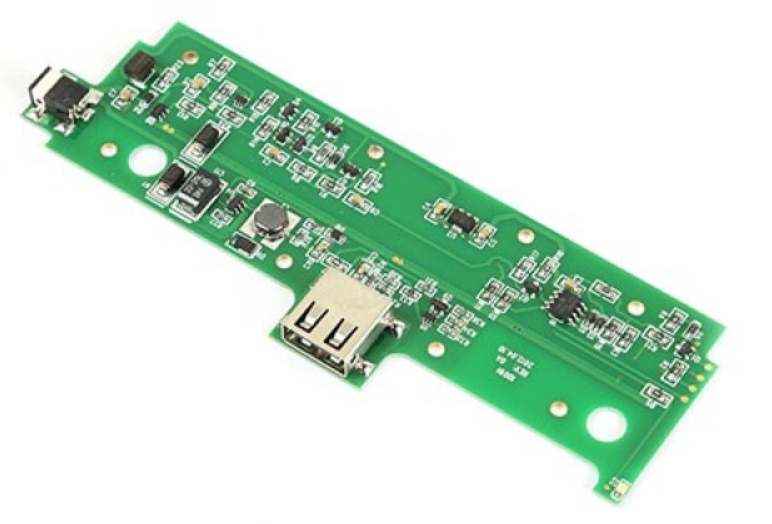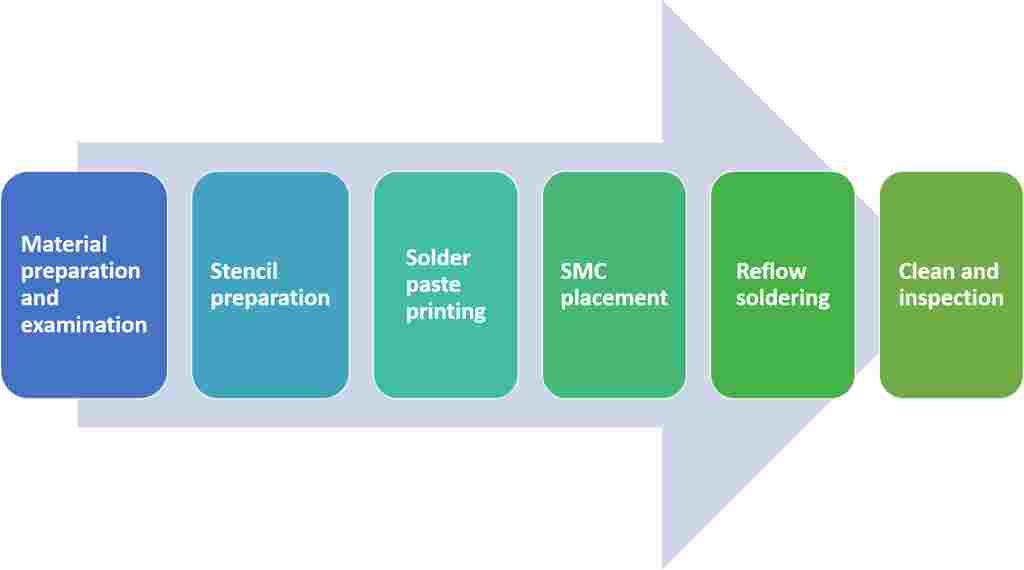
1.Smt is surface mounting technology, literally, it is just a welding process. According to the current market statistics survey and user feedback results of smt plant, there are basically the following types and development trends of smt plant:
First, technology type
This type of supplier mainly focuses on hardware development. After accumulating corresponding customer resources over time, it extends its own supply chain system. It is characterized by being able to provide customers with solutions to solve the first step of customer product transformation from concept to object. Additional services are to provide customers with small and medium-sized batch pcba processing and corresponding components purchasing services.
Two, processing type
This type of supplier mainly starts from smt processing. The scale is large or small. High-quality suppliers can provide customers with SMT processing, assembly testing and other services. However, it cannot provide customers with perfect technical support, so it can only process according to relevant BOM and Gerber data provided by customers.
Three, service type
This type of supplier mainly relies on a strong supply chain system to provide customers with component model replacement, scheme upgrade, product assembly and other individual services. The working procedure is not the most complete, but one link is very detailed.
Iv. Trade content from:
This type of supplier is mainly for foreign trade customers, looking for physical factories in China for foreign customers. Although they claim to do customized product processing, they often do not have the strength to serve customers.
The above types are typical among the current supplier categories. The specific choice of supplier is comprehensively evaluated according to its own needs and product types.

2. Refueling process during SMT patch production
In the process of SMT patch processing, because the order quantity is very small, it is inevitable that there will be frequent line changing, material loading and material changing. Therefore, in this process, there must be a strict standardized process to avoid the occurrence of wrong material updating in the process of replacing the high frequency of lines and materials. So the standard process to avoid changing wrong materials is that several parts, today with you to analyze:
1. Take out the feeder and the used paper plate.
2. SMT operators can take materials from the material rack according to their own station.
3. The operator checks the removed materials with the work number and position table to confirm whether the specifications and models are the same.
4. The operator checks the new pallet and the old pallet, and checks whether the specifications and models of the two pallets are exactly the same.
5, the operator to check its material can indicate whether the enterprise is consistent with the tray.
6. If there is any abnormality in the above inspection, the operator of the SMT machine shall immediately notify the delay processing.
7. Take a sample from the new pallet, and then park the material on a new and old pallet.
8. Take the newly installed Feida material, paste it on the refueling process record sheet, fill in the refueling working time, operator management and other relevant data information.
9. Install Feida back to the SMT placement machine according to the SMT placement machine station; You must perform a valid completion of your own supplementary information record.
10. Its operators notify engineering quality management personnel of material matching and testing, and must make material changes and inspections.
11. IPQC checks whether the data information can be developed correctly and whether the site can be correct according to the site numbering table.
12. The operation check of the above patch machine has been completed before the start of production.
The above 12 steps, as the standard process in the whole refueling process, must be strictly followed in the patch processing. Each step of the process must have the instruction manual of each position, only in this way can the wrong material change be avoided.
3. Differences between the two methods of welding components to pcb in SMT patch processing
Although not mandatory, most smt patch components are reflow soldering, while through hole components are wave soldering. In the through-hole pcb assembly technique, the board is wave-welded to form a strong solder joint even if the component is inserted into the drilled hole. Usually, through - hole components are inserted manually.
For smt components, solder paste is applied directly to the pad to hold the component leads in one position. When the PCB passes through the dedicated reflow soldering, the solder paste will reflow. Here, a solid solder joint is formed. If you are using a hybrid type, you will need to use both wave soldering and reflow soldering. Automatic pick-up and drop-off machines are available to handle various components reliably.
Benefits of smt and through-hole
Let's understand why smt machining types are often used:
Size: By default, smt components or parts are small or miniature. No drilling is required. This looks clean and attractive, especially in an era of smaller electronics board sizes.
Availability: Today, smt has taken over the through-hole component. They are smaller, instead of resistors, capacitors and other through-hole components of the pcba patch has accounted for more and more.
Performance: Using smaller components in the patch allows electrical signals to travel shorter distances. This also reduces signal flight time.
Cost effective: SMT parts are usually cheaper than through hole parts, let's take a quick look at the benefits of through hole parts
Availability: If you need larger parts for high power applications, it may be difficult to find SMT equivalents. Through hole parts are readily available.
Strength: SMT solder joints may break if the part must withstand constant pressure. In this case, components such as connectors, switches, and other interface parts require the strength effectively provided by the leads from the solder to the borehole.
Power: SMT is not a good choice for high power circuits because it is difficult to achieve strong solder joints with SMT welds. Thus, through-hole technology provides greater mechanical strength for thermal stability, high voltage and mechanical stability.a









